May 24, 2025 | 03:21 GMT +7
May 24, 2025 | 03:21 GMT +7
Hotline: 0913.378.918
May 24, 2025 | 03:21 GMT +7
Hotline: 0913.378.918

Tourists come to visit U Minh Thuong National Park. Photo: BE DIEM.
Mr. Tran Van Thang - Deputy director of U Minh Thuong National Park - said that currently at the peak of the dry season in 2024, the dikes and traffic routes in the forest of U Minh Thuong National Park have many flammable materials and the high risk of fire if conditions are favorable.
Therefore, Mr. Thang said that U Minh Thuong National Park has temporarily stopped welcoming tourists to ecotourism and recreational fishing activities to ensure forest fire prevention in the dry season of 2024.
"Every year, U Minh Thuong National Park welcomes over 40,000 visitors to visit and experience activities such as: observing natural landscapes, wetland habitats, viewing wildlife and recreational fishing.
The drought is severe, so if visitors are careless, forest fires will easily occur, so U Minh Thuong National Park has temporarily stopped serving visitors. The time starts from March 15 until the unit has a new announcement," Mr. Thang said.
U Minh Thuong National Park is widely considered the richest region of the Mekong Delta in terms of plant and animal biodiversity. It boasts of over 243 plant species. The park has a rich and varied mammalian population, totaling 32 species, including hairy-nosed otters and fishing cats. U Minh Thuong National Park is a haven for rare and endangered birds. A total of 187 species of birds has been recorded here, including the oriental darter, spot-billed pelican, black-headed ibis, glossy ibis, greater spotted eagle and Asian golden weaver. There are also a total of 39 amphibian species and 34 species of fish in the park. Both the saltwater crocodile and the Siamese crocodile were once found here, but a 2002 study concluded that both species were extinct in the park.
U Minh Thuong National Park currently has a total forest area of about 9,715 hectares, located within An Minh Bac commune and Minh Thuan commune, U Minh Thuong district. Of which the core forest area of U Minh Thuong National Park has an area of about 8,009 hectares; The administrative and service area has an area of about 59.4 hectares.
Today, U Minh Thuong National Park is being invested in to serve the research and conservation of rare genetic and genetic resources, and has been implementing a project to develop eco-tourism and traditional system.
Translated by Tuan Huy
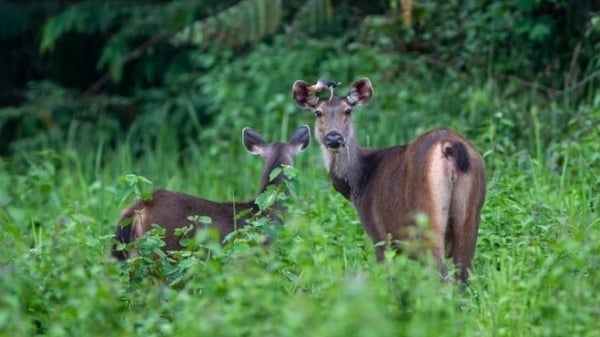
(VAN) WWF, GIZ, IUCN, UNDP call for biodiversity conservation and sustainable development must be regarded as a unity in strategies for a green future.
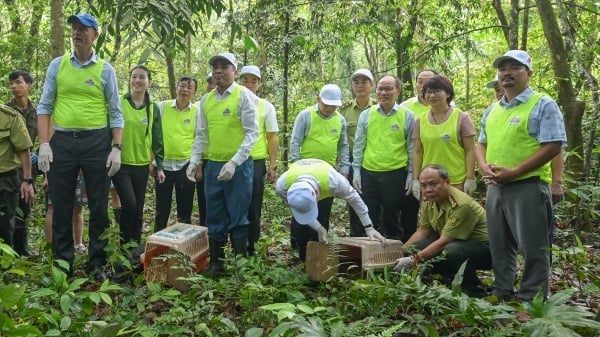
(VAN) On celebration of International Day for Biological Diversity, Deputy Minister Nguyen Quoc Tri called for practical actions to address nature and biodiversity conservation.
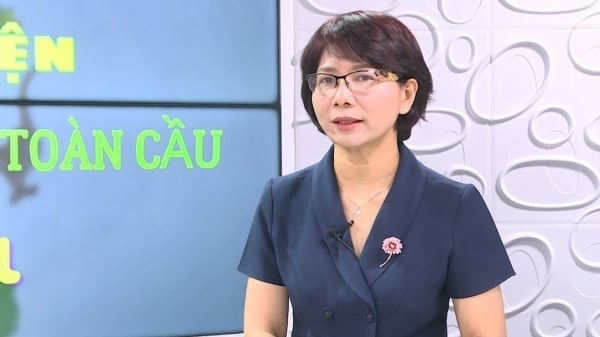
(VAN) Dr. Hoang Thi Thanh Nhan – Deputy Director of the Nature and Biodiversity Conservation Agency – highlighted this on the International Day for Biological Diversity, May 22, 2025.
![Ho Chi Minh city adapts to climate change: [2] Accelerating action](https://t.ex-cdn.com/nongnghiepmoitruong.vn/608w/files/chiqk/2025/05/22/4024-4220-bien-doi-khi-hau-1-100626_766.jpg)
(VAN) Clearly recognizing the challenges posed by climate change, Ho Chi Minh city has swiftly shaped its policies and implemented practical solutions to adapt.
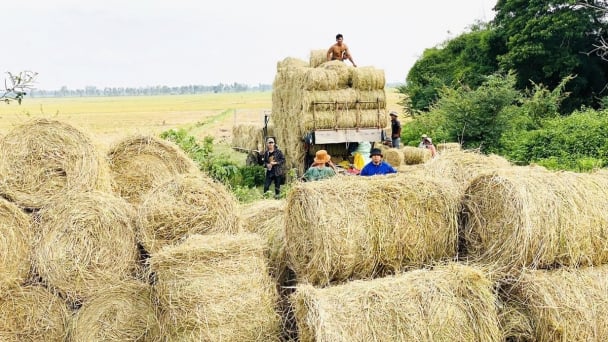
(VAN) Rice straw is no longer just a discarded byproduct, but it is becoming a green resource that helps farmers in the Mekong Delta reduce emissions and promote circular, sustainable agriculture.

(VAN) Other Effective Area-based Conservation Measures (OECMs) are solutions that contribute effectively to achieving the goals of the Kunming–Montreal Global Biodiversity Framework.
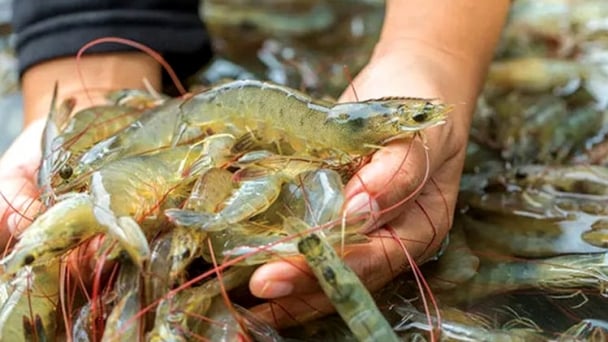
(VAN) A study assessing the carbon footprint of whiteleg shrimp farming in China shows the potential for carbon emission reduction through the use of renewable energy.